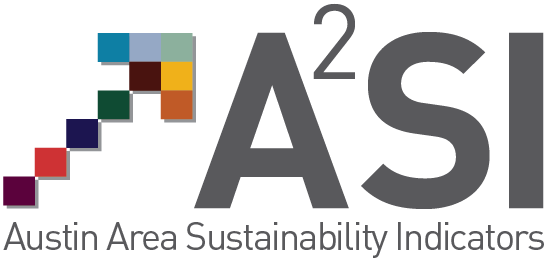Social Equity
Social equity can be seen as a rough measure of equal access to prosperity and livelihood among the different segments of a society. A socially equitable society indicates equal participation in the political and cultural life of the community. Indicators in this section compare the persistence of social equity among the different segments of Austin area residents. This is done across socio-economic, racial, and gender segments. The main indicators include: cost of living; housing; diversity of leadership; race relations; and English proficiency.

Key Indicators
Cost of Living
The Consumer Price Index in the U.S. South region has increased by 38% from 2000 to 2015, surpassing the median family income in 2007. In 2018, the cost of living of 2 adults with 2 children in the Austin Area was approximately $64,000. When asked if household income was adequate to support the basic needs of the household, 32% of black residents disagreed (compared to 19% of Hispanic and 13% of white respondents).
Neighborhood CohesionC
African Americans reported a lower score when compared to other Austin Area residents on neighborhood cohesion, a score based on individual responses to perceptions of trust, commonality, and sharing with neighbors. African American score was 9 standard deviations lower than that of the general population in the Austin Area.
Housing Cost Burden
As one of the fastest growing metropolitan areas in the nation, the median home price in the Austin Area reached an all-time high of $305,070 in 2018, 113% higher than the price in 2000. Renting burden however seems to be improving overall in the Austin Area. According to the U.S. Census 5-year estimates, the percentage of individuals paying 50% or more of their income on rent has decreased from 24.56% to 21.7% between 2012 and 2017.
Family Poverty
The increase increasing gap between median home prices and median family income has a significant displacement effect which moves lower income, frequently households below the poverty line, outside of the City of Austin and into surrounding suburbs. The poverty rate in the City of Manor has grown by more than 400% since 2009, poverty in Bastrop has doubled since 2012, and the poverty rate in San Marcos is 19% as of 2016. Meanwhile, poverty in the City of Austin is declining.
Thinking about the social equity section, some questions to consider:
- What is the impact of the region’s growth on social equity outcomes?
- How long will Austin stay Austin?
